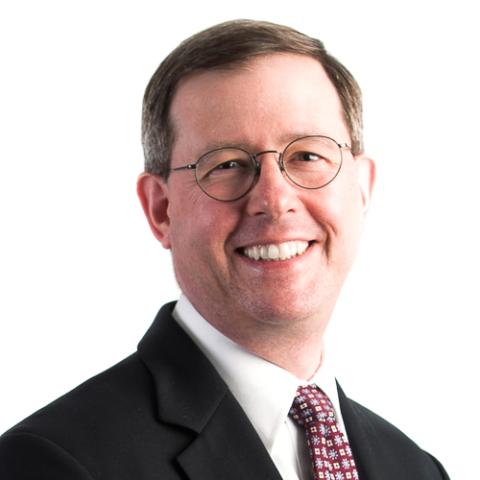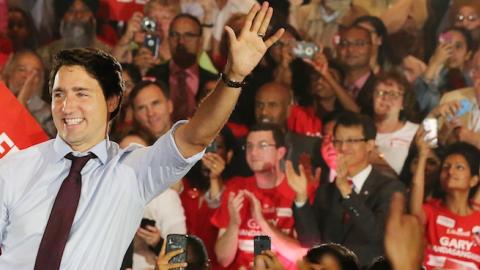Newly elected Canadian Prime Minister Justin Trudeau, son of the late Pierre Trudeau, Canada’s PM from 1968 to 1984, will have a rapid introduction to President Barack Obama and other world leaders thanks to a series of summits already scheduled that will highlight Canada’s relevance to the international agenda as well as test the new leader.
First up will be the G-20 summit in Turkey November 15 and 16, a location and gathering of leaders that will inevitably turn discussion to the threat of the Islamic State and the stability of nearby Ukraine. Canada has been a member of Obama’s coalition of the willing fighting the Islamic State, with a handful of Canadian CF-18s flying bombing missions and Canadian special forces training Kurdish fighters.
Trudeau pledged during the election campaign to bring home the Royal Canadian Air Force, but seemed open to continuing cooperation with the Kurdish forces.
In Ukraine, Trudeau’s predecessor Prime Minister Stephen Harper was a vocal champion for Ukraine within NATO, to the great irritation of Vladimir Putin. And Harper sent Canadian troops to support NATO ally Poland. Russia and European leaders will be watching to see if Trudeau sustains this line, or steps back.
Next Trudeau will head to Manila for the Asia Pacific Economic Cooperation summit November 17-18. Canada was party to the negotiation of the Trans Pacific Partnership agreement, which now awaits ratification by the new Parliament in Ottawa as well as by the U.S. Congress.
Trudeau was cautiously critical of the TPP during the election campaign but did not rule out ratifying the deal once he knew what was in it, particularly details of the automotive rule of origin change from the established NAFTA rule and the side deal on currency manipulation that the U.S. Treasury appears to have worked out with Japan. It is unlikely that he would proceed with ratification before the United States did. Canada’s Pacific Rim trade partners, including both TPP members Australia, New Zealand, Japan, Mexico and Chile – as well as non-TPP trading partners China, India and Korea with which the Harper government was negotiating bilateral trade and investment deals.
After APEC, the new Prime Minister has a Commonwealth Heads of Government meeting in Malta November 27-29, likely to be his first meeting as prime minister with Queen Elizabeth II. Stephen Harper highlighted the monarchy’s role in Canada, hosting royal visits and celebrating the Queen’s Diamond Jubilee with high-profile medals and honors in Canada. Canada is a leading member of the Commonwealth, the largest economy in the group after India and Britain, and a significant contributor to development aid for many member countries.
From Malta, Trudeau will head to Paris for the United Nations Conference on Climate Change in early December. President Obama will be looking to advance his claim to a legacy on the environment, and expectations are higher for a deal this year that at any time since Obama’s first such summit in Copenhagen in 2009.
The Harper government took the position that it would seek to coordinate its climate policy with the United States. Trudeau campaigned on a more aggressive approach to reducing carbon emissions, promising to call together provincial leaders within 90 days to discuss a national strategy. At Paris, Trudeau may announce a target for emissions reductions and then meet with the provinces in January to determine how Canada can reach that goal.
In his speech to Canada 2020 during the campaign, Trudeau argued that absent a bolder Canadian climate policy approach, Obama had little reason to approve a presidential permit for the Keystone XL pipeline. A new Canadian climate policy might not overcome Obama’s concerns about the pipeline, but many Canadians will watch to see whether it has an effect on the U.S. president’s increasingly sarcastic comments on the project.
Trudeau also noted that he hoped to negotiate with the United States and Mexico a joint effort to combat climate change in North America. As a gesture to improve relations with Mexico, Trudeau has pledged that he will rescind the visa requirement for Mexicans traveling to Canada that was imposed by Harper and deeply resented in Mexico.
Early in 2016, Trudeau may be able to advance relations even further by hosting a North American Leaders Summit in Canada. These summits began in 2005 as an annual gathering that rotated between the three countries, but Stephen Harper only hosted one meeting, in Montebello, Quebec during his entire time in office. When it was Canada’s turn in 2010 and again in 2015, Harper cancelled or failed to offer a plan for a meeting compatible with the leaders’ schedules.
After being hosted at a series of summits early in his tenure as Canada’s 23rd prime minister, Trudeau would confirm the change in Canadian diplomacy under his leadership by playing host to Obama and Mexican President Enrique Peña Nieto. The newest and youngest of the three North American leaders, Trudeau will demonstrate his stamina and energy by engaging the global agenda comprehensively in this summit marathon during these first months in office.














